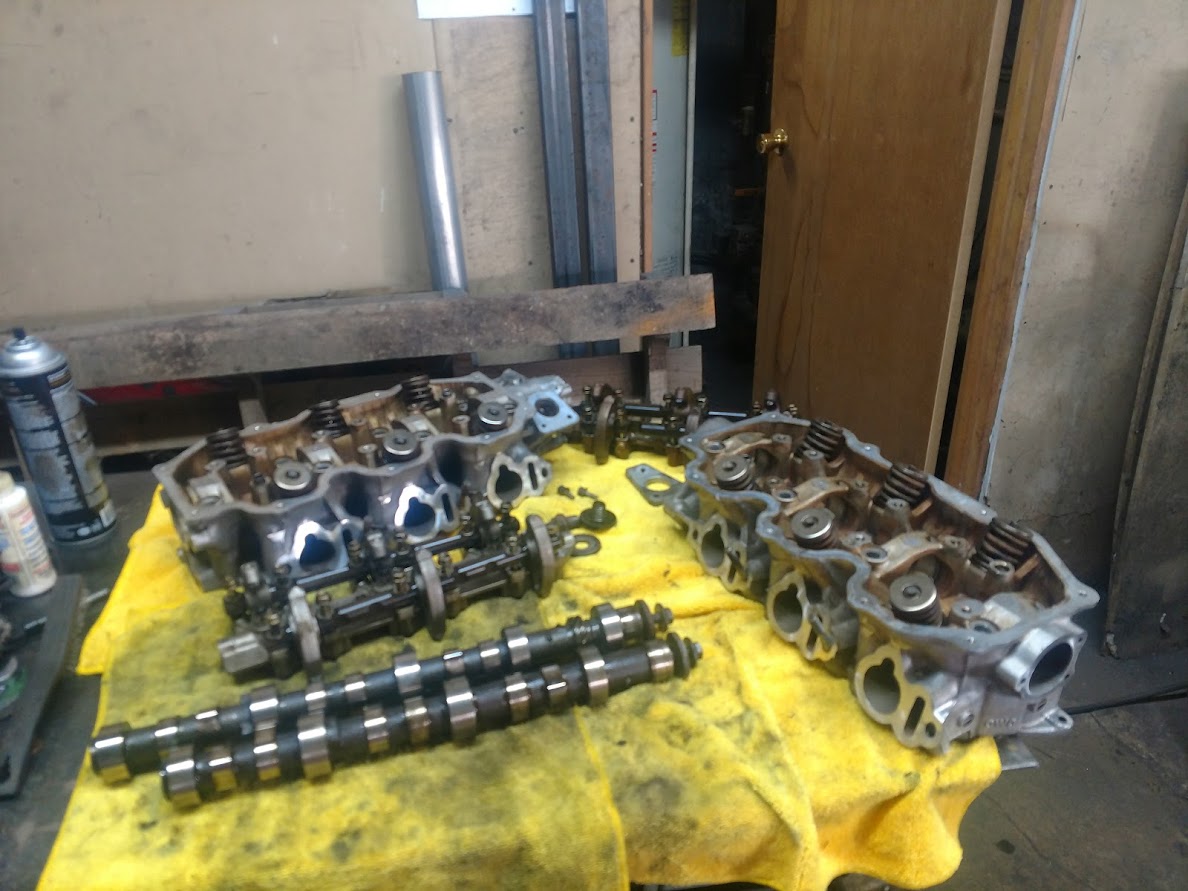Understanding Camshaft Specs
Cam specs dramatically affect engine behavior. The four primary specs are duration, centerline, separation, and lift.
Duration
Duration measures how long the valve remains open, expressed in degrees of crankshaft rotation. For example, a cam duration of 220° means the valve is open for 220° of crank rotation.
In high-RPM engines, longer durations help air continue flowing into the cylinder even at fast piston speeds. In low-RPM engines, too much duration can reduce power due to poor timing with piston movement.
Note: Most engine builders use duration measured at 0.050" lift to avoid advertising tricks based on looser standards like 0.020".
Centerline
The centerline tells you when the camshaft lobe reaches its peak lift in relation to crankshaft rotation. It's critical for calculating valve opening/closing, aka valve events.
Valve timing is key to engine performance — valves must open/close in harmony with piston movement and crank speed.
Finding Intake Lobe Center
- Remove all lash, place dial indicator on retainer or follower.
- Rotate engine forward to
0.050" lift. Note opening (e.g., 10° BTDC).
- Continue rotating until it drops back to
0.050" on the other side (e.g., 39° ABDC).
Duration = 10° (BTDC) + 39° (ABDC) + 180° = 229°
Lobe Centerline = (229 / 2) - 10 = 104.5°
Note: If intake opens after TDC, subtract it instead. Example:
Duration = -10° (ATDC) + 39° (ABDC) + 180° = 209°
Lobe Centerline = (209 / 2) + 10 = 114.5°
Finding Exhaust Lobe Center
- Rotate to 0.050" lift (e.g., 44° BBDC).
- Continue to 0.050" off base circle (e.g., 8° ATDC).
Duration = 44° + 8° + 180° = 232°
Lobe Centerline = (232 / 2) - 8 = 108°
Note: If exhaust closes before TDC, adjust accordingly:
Duration = 26° (BBDC) - 10° (BTDC) + 180° = 196°
Lobe Centerline = (196 / 2) + 10 = 108°
Separation
Lobe separation is the number of degrees between the centerlines of the intake and exhaust lobes, measured in camshaft degrees. Example: 108° separation.
Alone, this spec is not very useful unless you also know centerline and duration. It affects valve overlap and cam behavior but is best used in conjunction with full valve event analysis.
Lift
Lift measures how far the valve opens. If lift is too low, it restricts airflow. If it's too high, flow gains plateau.
Analogy: Like a garden hose, opening more increases flow — but only to a point. After that, additional opening does nothing.
Valve Spring Information
Valve Springs
Valve springs are one of the most critical and most overlooked components in your engine. Proper selection begins with identifying the application and selecting all valvetrain components to achieve your engine goals.
The spring must be matched with the valvetrain to reach full potential. A cam built to rev to 8000 RPM is pointless without the right spring. Improper spring choice, incorrect installation, and mishandling are common causes of failure.
Selecting a Spring
- Choose springs that give correct seat and open pressures.
- Spring pocket may need to be machined to fit larger OD springs.
- Positively locate springs to avoid harmonic wear or forced failure. Proper seating offers longevity.
Proper Spring Handling
- Never clamp, pry, or strike valve springs. Surface damage causes premature failure.
- Separate double/triple springs with soft plastic tools only.
- Do not clean with aggressive or evaporative chemicals. Use the anti-rust coating as-is.
- Apply assembly lube before installation to prevent dry starts and increase spring life.
Nissan Valve Spring Part Numbers
| Application |
Part Number |
| 1983–1985 Outer Spring | 13203-V5000 |
| 1985–1989 Outer Spring | 13203-42L03 |
| 1983–1985 Inner Spring | 13204-W7000 |
| 1985–1989 Inner Spring | 13204-42L00 |
Schneider Spring Specs
| Description |
OD |
ID |
Installed Height |
Seat Pressure |
Pressure @ .600" |
Coil Bind |
Part Number |
| Spring set (12 inner & outer) |
1.380" |
0.810" |
1.600" |
110 lbs |
240 lbs |
0.910" |
68022 |






